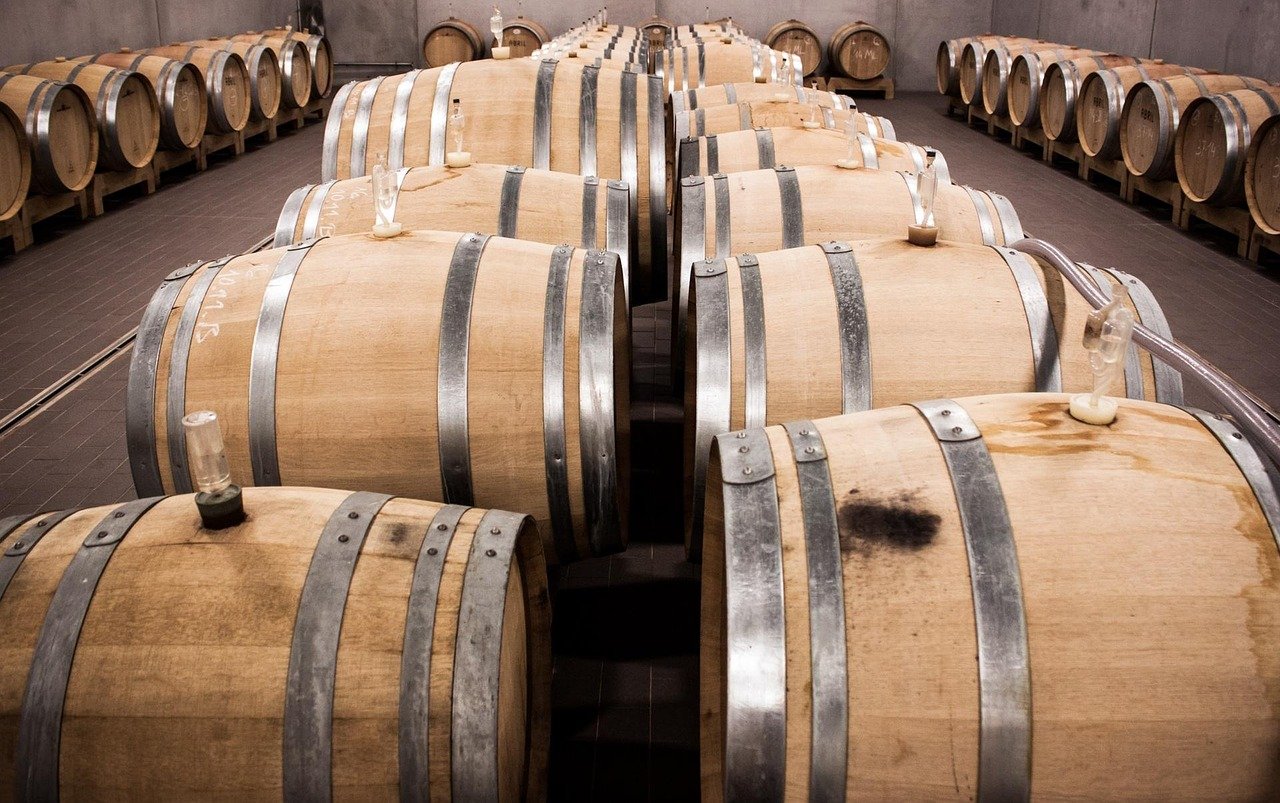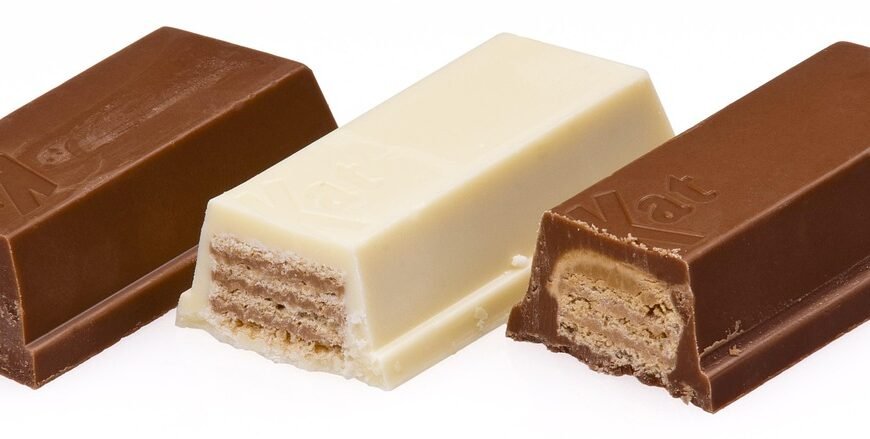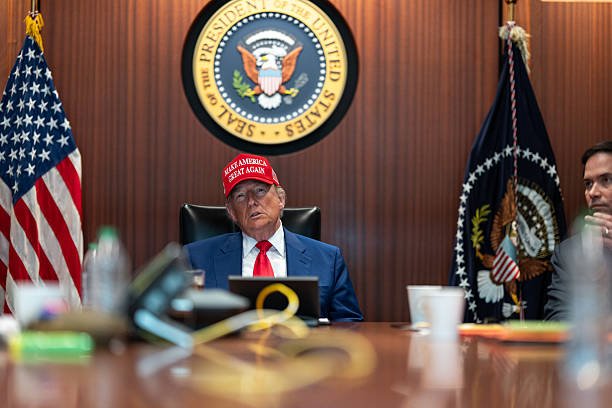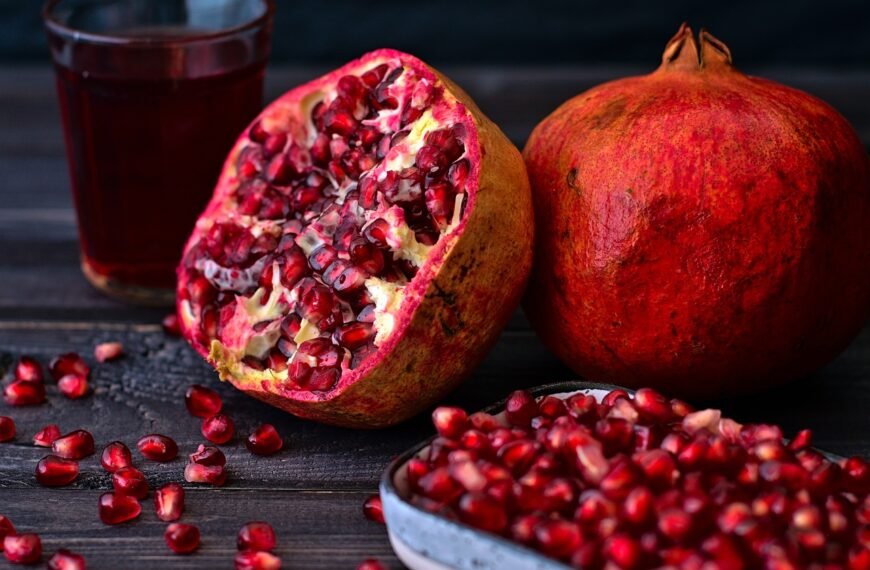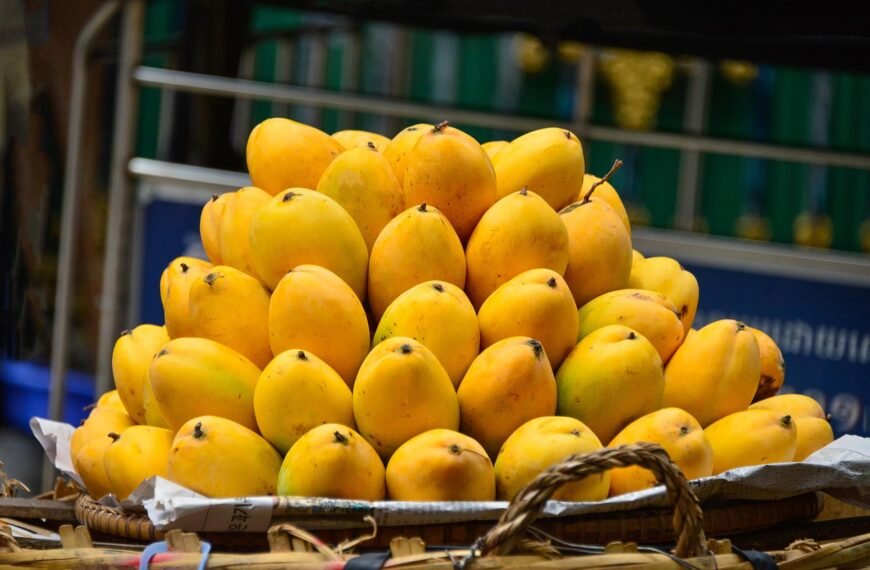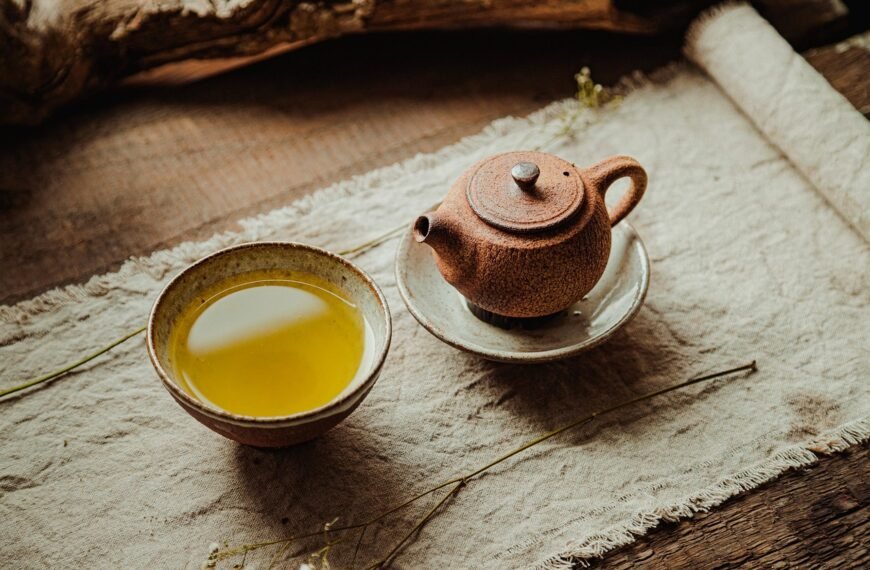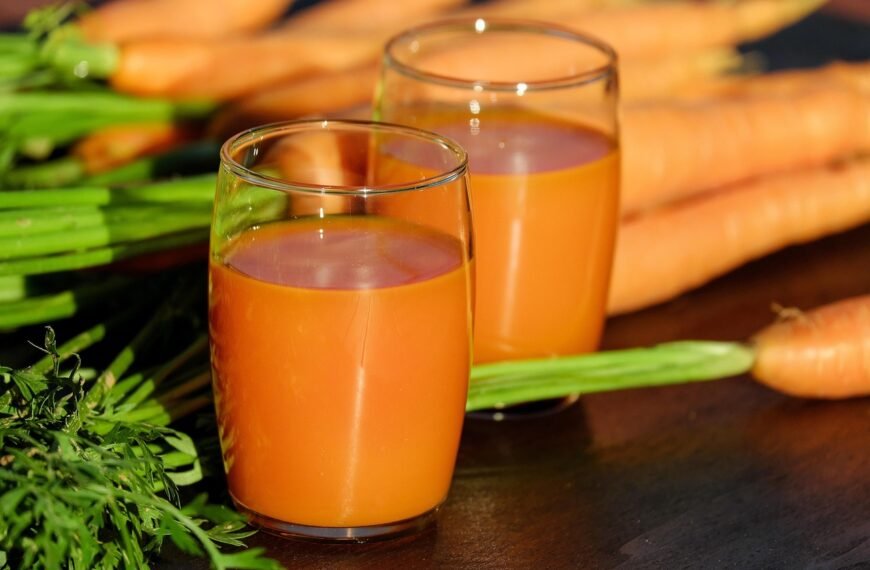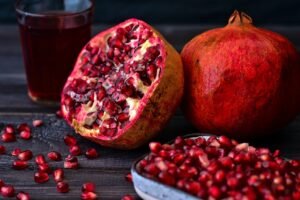Frances’s famous Burgundy region, known for producing some of the world’s best wines, is facing new pressure. The United States its biggest export market, is now adding tariffs under Donald Trump’s trade policies. These changes are shaking the roots of small winemakers and global trade alike.
In Burgundy, vineyard workers like Élodie Bonet carefully manage vines in tough weather, ensuring each grape grows to its full potential. Just up the road, winemaker Cécile Tremblay stores her prized red wines – like Nuits-Saint-Georges and Clos-Vougeot- deep in a cellar, aging in oak barrels.
Tremblay exports more than half her wine, with 10% going to the US alone. For a small producer, this is significant. But Trump’s tariffs are now creating uncertainty. He first threatened a 200% tax on European Union goods. Just days later, it was lowered to 10%, with a warning that it could rise again – to 20%, even 50% – depending on trade negotiations.
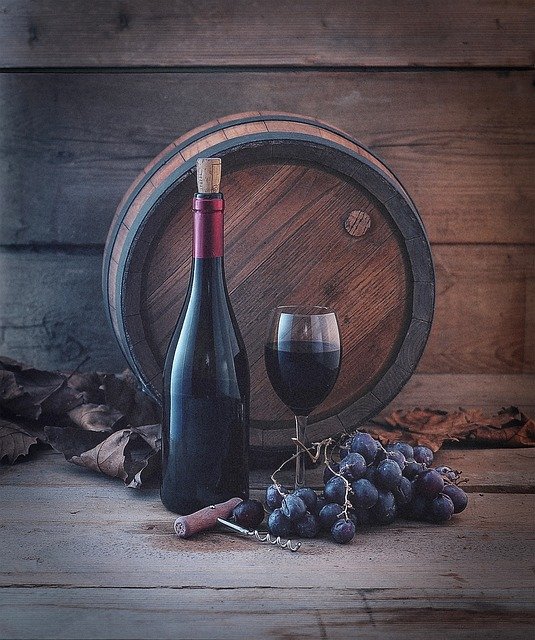
This back-and-forth is causing real worry. But many French winemakers prefer not to speak out, afraid to worsen the situation. Still, industry leaders are voicing concerns.
François Labet, president of the Burgundy Wine Board, says the US is their top buyer in both volume and value. While global wine sales dropped 4% last year, Burgundy’s exports to the US rose 16% in volume and over 26% in revenue.
Burgundy wines, made mostly from pinot noir and chardonnay grapes, are lighter and lower in alcohol than many New World wines. These lighter reds are what consumers now want. Burgundy also offers white wines like Chablis, sparking wines like Crémant de Bourgogne, and even a bit of rose.
Despite a shift in wine preferences, tariffs are threatening this success. Labet recalls how during Trump’s first presidency, a 25% tariff caused Burgundy’s US exports to fall by 50%. If the tariff goes up to 20% again, he expects history to repeat.
Jerome Bauer, from France’s National Wines and Spirits Confederation, says a previous 25% hike led to a $600 million loss. At that time, Champagne and stronger wines were exempt. Now, with a broader tax, the risk is greater.
Free trade is what many in the industry hope for. And surprisingly, US winemakers agree. Rex Stoltz from Napa Valley Vintners says US wineries also suffer. Many get corks from Portugal and barrels from France – both now more expensive. He adds that Canada, a top buyer of US wines, has removed all American alcoholic products from shelves in response to US tariffs.
From France to California, winemakers on both sides want fair, tariff-free trade. The future of global wine might just depend on it.

